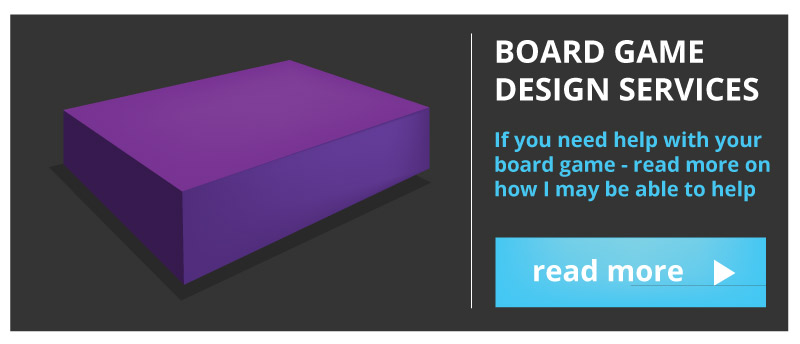How to make a retail-ready card game! Simplified stages for creating the game. The stages used to make a retail-ready card game could be assumed to be universal. However, I feel that could be do broad and ‘assuming…’ Also, to those who are interested, here is some information on my new game consultation service. “We didn’t want to leave it to chance“ It was not an accident that Mouth Trap was created and sold to 1000’s of copies in shops across the globe. I was unconvinced… He proceeded to open a tab in his browser and play a clip of the television program. Without paying too much attention to the idea, I dismissed it at first. Thinking it was a game, only people like me and him would play. But he persisted with the idea. I was half right, but
little did I or the company realise how popular it would be.
After seeing James Corden trying to speak with one of these dental mouth restraints in his mouth, we came to the conclusion it could be funny if it were boxed and ‘gamified’ for a consumer market in the UK. We created something that followed a trend but was different enough to stand out from what would become a busier crowd. My part in the project involved the visual design, collaborating to create the cards and their contents, the box cover, and playtesting the game. Here is another example playtest for another project. You need to do homework. Without it, you are making something blind. Ever distancing your chances of hitting your retail success, whether you base this on popularity or consumer sales. I have come to learn that there are different demographics in the board game community. These 2 demographics can also be extreme opposites in tastes within tabletop gaming. These are just some of the questions to ask when creating a retail-ready card game for the masses! Learn to appreciate your group! The game we created wasn’t revolutionary, but it took some lessons from other successes. Something you can take away – you don’t need to reinvent the wheel. Creating a game is a BIG decision. The volume of eager, fresh-eyed enquires I receive, thinking ‘it’s all fun and games’, is high. It is not long before I see bleary eyes and jaded tones trudging the midstages of a very big project, even when I try to keep clients motivated. Observe the greats, watch the audience, and plan your actions. We wanted to know who would buy this product and how we could be different. Retailers won’t care about your product as much as you do. Proving that your product follows a trend can put you in good standing, but be prepared to fight in a market that will saturate quickly. Trend chasing can be very advantageous in the short term, but challenging to sustain and fight in the long term. Stand on the shoulders of giants! See what they see. See what they do and consider what you can do from this great vantage point. The greats can offer a brilliant blueprint. But a downside to this is that it can hamper originality. Assuming you have gone with an existing product that has an established community and marketing buzz, creating an out-and-out copy won’t get you very far or last for the long-term. We brainstormed various ideas on how we could have different modes of gameplay. Alterations to rules, extra dynamics of the game, and remember to keep it low-cost. If you want to create a game that is successful in the retail market, you will need to have access to companies that can sell your game on your behalf. Or you may prefer to sell your product directly to the customer, but this is much harder to scale as a business. Some companies also adopt a hybrid approach of a wholesale business model and selling directly to customers. As a case study on how to make a retail-ready card game, or at least a successful one as illustrated throughout this post, I will focus on how this card game was sold. You may already have access to shops and stores that can sell your game, or you may aspire to sell the game yourself. But if you want to scale quickly, you will need to ‘wholesale’ your game. This game was sold via Hasbro, Robert Dyas, to name a couple of large high-street shops in the UK. Finding retail channels for new business can be tricky. Consider going to Expos and events. Look at Kickstarter campaigns to raise funds and awareness of your game. For those who are interested. I run a website dedicated to making tabletop gaming and the niche of making games. OR if you need help with your game design, take a look here : In order to make a good game, your product needs to be good. It is short-sighted to make a pretty but unplayable game. A crap game will prove it is crap once it is available to the market. The general public can also be ruthless with their opinions. Make sure to run playtests on your game first. As illustrated in this article. Our card game had become popular. We needed to create more content and quickly! Surfing the wave of this success, we created more content and more products. We created additional expansion packs, card decks, and different editions of the game to serve a hungry market for the game. The project was intense, but it was both a blast to make and the party game market liked it too. The game started to gain popularity and traction online from social media, to Amazon, to other forums, comments, and outlets. We looked at the reviews to see what we were doing well and what we weren’t. Some comments can be stinging to read! Others were throwaway opinions. Design by data. “Hilarious !! We had a great laugh looking at this when it arrived and can’t wait for Boxing Day with friends to have a game. One thing though, I had a cold when I first tried it and my lips were dry so they got sore, it may be worth putting a bit of Vaseline on before putting the trap in your mouth if you have dry lips” “Xmas pressie so not yet looked at” Create something people will enjoy. You want them to take away a good user-experience and feel happy with their purchase. No one wants to pay money for a game that is clearly a rip off and landfill. When I say keep it affordable, I mean keep it ‘accessible‘. Keep it affordable, does it need spot UV printing? No. By all means, keep the cost low, without compromising on the quality of the game. Use a ‘Minimum Viable Product’ – remembering not to insult the customer with your finished game by going too… ‘Minimum Viable Product’ Want to help ensure the longevity of your game for longer-term success? Please play test it. I have played a couple of board games over the years, which looked fancy but were either unplayable, unenjoyable, or and with poorly written or ill-considered rules. Even as an indie board game creator, you should aspire to make something that can at least be played and enjoyed. You are not selling art first. You are selling a board game. However, the art can be very important; it shouldn’t be a compensation for gameplay or game mechanics. If we were to make this game again. I would still try to make it enjoyable again. Although, do consider that what is fun for one person can be misery for another. Mouthtrap was initially tested on some peers and colleagues. This is better than no testing at all, but leaves plenty of room for improvement. Play tests allow you to develop core game mechanics in a safe environment. Don’t leave it to the general public to discover broken game rules and mechanics. Testing the game ‘only on you’ is the first port of call. But you will play your game as you expect to play it. People often play games in unexpected ways and interpret rules in a certain manner. You can read more on this article of working with Beta testers when playing a game. Need a hand with designing your game? When asking how to create a retail-ready card game, the end product matters if you want to strive towards success. The appearance matters if you want to be taken seriously. Want your product to resonate with target board game players and it matters in the marketing of your game. In certain scenarios, the appearance of your game matters more or less depending on the nature of your game. Retailers like a ‘professional-looking game‘. They want a game that they feel they can sell to their customers. They want an appealing product to place on the shelf and help sell a product. The retailer may also seek to find a product that is a brand or culture fit with their existing ranges. Likewise. Players want to look at the game. It needs to look better than something they could do themselves. Nothing too homebrew. Design can be a great thing for a product. Not just in appearance, but also in marketing and telling a part of a collective narrative in the game. Graphic design; I will say controversially, can also be used as a dark art. If you want longer-term success with your game. Don’t do this. I have played games that looked great but are unplayable. Don’t rely on graphic design as a gimmick to sell a weak product. A good example of a popular game is Chess. It has come in many guises over time, ranging from drinking editions to Harry Potter, but it still has the solid foundations of being a good game (open to opinion), which can be played over and over again. It needs no introduction. IF you were to design a piece of packaging for a chess game. It would only help to sell an already great game. It doesn’t need design to be used to disguise its shortcomings. Graphic design should be used to help sell an already strong product, not carry it. Fortunately for this game, we felt that it was fun for most before moving to the graphic design stages. This step covers some of the journey involved in creating the product. Creating cards, the logo, the box, the concept, the marketing material for the game… writing! The first box (edition
1) was created using a pizza box type Dieline. The later editions
came as a top and bottom box with a lid.
This was one of my favourite aspects of the game. Creating the cards. Later editions of the cards were changed so that phrases were on both sides. Visually, a little less appealing but offered better value to the customer and extended the length of game play. All design work on this post is copyright owned. Please do not take or use without prior permission. Okay, you got me. I am the owner of Dragon Bone Games.co.uk. A website all about making games, a niche gaming that you may find interesting to know a bit more about. Here are some links.
If you’re looking at how to create a retail-ready card game that you can sell to large retailers, this article covers the stages and strategies we used ( in my former role) to design and create a successful game.
This article is both a ‘how-to’ and a case study for those who are interested.
How we made a successful retail-ready card game … in steps
Steps Used To Create a Successful Game
This here is the process used to make THIS retail-ready card game. One that garnered excitement and earned my former employer a decent sum of money.
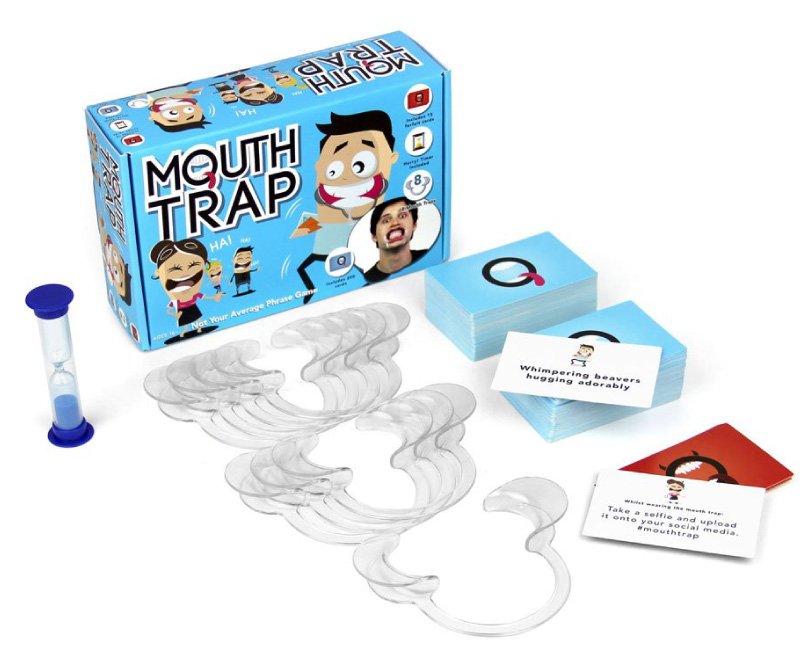
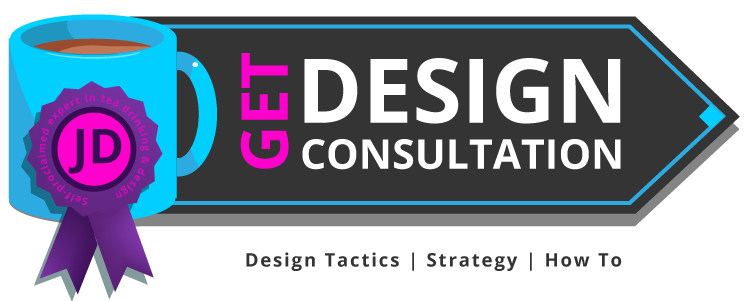
How to make a retail-ready card game – Why this game was made
After undertaking initial research into new product ideas, a colleague mentioned to me that he had seen a game where players had to say silly, tongue-twisting phrases whilst wearing a dental mouth restraint.
We went forward to create a successful card game! And what a blast we had creating it! Big Tip 1 ) How to make a retail-ready card game | Research, Research, Research
When creating a game you intend to sell in ‘big-retail’ make sure to undertake as much research as possible at the beginning.
For example, we wanted to know if there was an audience ready for the game, we didn’t want to to go the trouble of making the game – spending £ 1000s in company budget and time only to discover nobody wanted it, or that we had no way of selling it.
We didn’t want to leave it to chance.
Don’t just research aimlessly. Your research must carry an aim and purpose.Considerations for research when trying to make a card game for retail
When considering how to make a retail-ready card game, ensure you have a target demographic in mind, now design your game specifically for that group. It can be hard to please everybody.
Creating a ‘trend’ game with a difference
How you frame your project matters both emotionally and financially.
Board game development is a very costly commitment. You will want to see the fruits of your labour, even if you do have fun along the way!
A difference: When working with the team, we studied competitor websites, products, and online reviews. We collected our data and based our design and content decisions around the information we had collected.
This often fell in line with a process the company called NPD – (New Product Development)
We added our own style, created rude cards, included some playful forfeits, and developed add-on packs. It even went so far as to create an early proof-of-concept app, but that was shelved, sadly!Know This: Retailers won’t take stupid risks | Surfing a trend proved to be a wise move!
They don’t want headaches. They don’t want problems. How can they gain? Retailers want to know what supplying your product will do for them.
That is a blunt way of putting it, but largely true.Tip 2 ) Making A Game A Retail Ready Success | Learning from the greats ( stand on the shoulders of giants )
Setting aside legal issues, market saturation and being a grubby business practice, you will want to create something good and call it your own. Even if you take some inspiration elsewhere. 
Tip 3 ) Get access to gaming retail channels
You may find the post about: List of UK game expos useful. Or board game fulfillment companies. Tip 4 ) How to Make a Retail-Ready Card Game | Customer Validation
Observing what the audience said
End-users (customers on the street) were enjoying the game and sharing their joy and comments. This gave us a great sense of pride, we had created something that the world enjoyed.
Our product was making people happy! ( felt good about that!)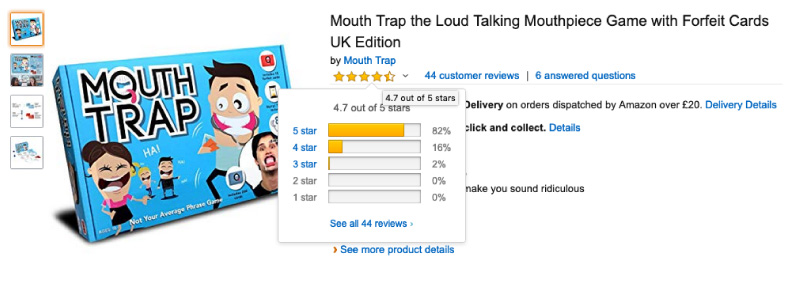
Tip 5 ) Keep it affordable
When we created this game, we wanted to create something that was good value for money. Adding more to production costs has a knock-on effect. When it comes to selling your game, and whether the end user can afford to buy your game, consider the final cost. This can have an enormous effect on the success of your game. The price point!
Will your cost reduction impact the gameplay? If no, then consider removing it.
The more you add to your game, the higher price you will have either pass on to the customer.
This game was between £15 – £20 for the minified edition of the game. Lower prices can also keep it affordable to a wider audience. IF you want to keep a premium version of your game, consider a travel version or a minified version also. Tip 6 ) We Play-Tested This Game! Again, and again…
Once the initial prototype of this card game was created. We tested the product and its phrases to see what worked and what needed improvement. You would be surprised by what you can discover in a play-test. Don’t do this – A hot t*rd wrapped in a shiny ribbon
The aesthetics of a board game are like putting the “cart before the horse” when it comes to making a card game or board game. You shouldn’t create a game that looks good but is terrible to play – people will feel duped!Example playtest for this successful card game
Game Consultation: Share your thoughts!

Tip 7 ) The appearance of the game is important to its success
Disguising a poorly constructed card or board game in ‘great graphic design’
Chess is a classic game. It can stand on its own two feet without being wrapped in a gimmick, as the foundations are already there. You can play it!
How to make a retail-ready card game | The Design Process –

Box net design for drinking edition game

Mini version of game
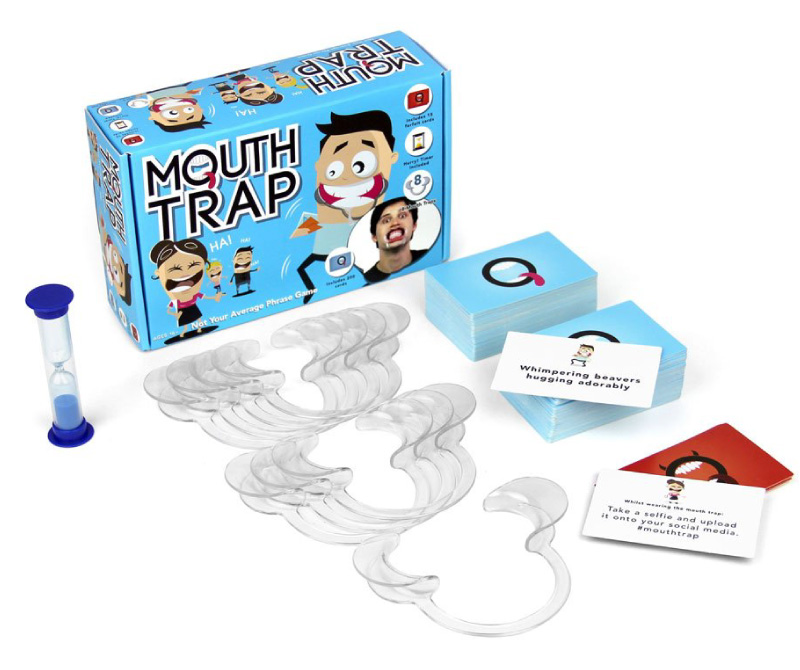

(Card Art

Piddle Pants Monk – Game Illustration


Why not start building your successful retail-ready card game!

How to make a retail-ready card game – Other helpful links
Other websites you may find interesting for making games
*All links lead to the 3rd party website.

Design & Dev Tips!
